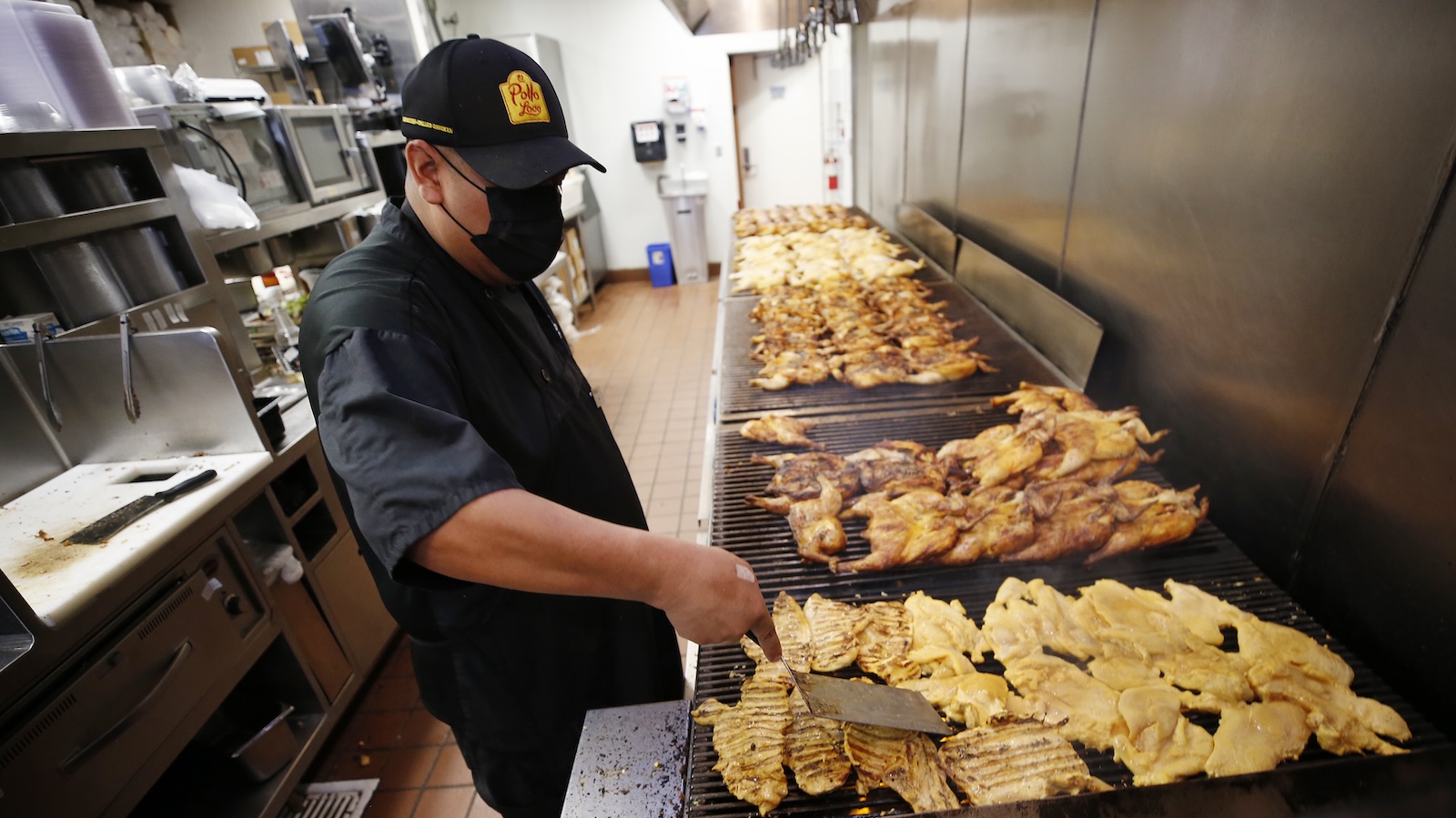Now Reading: Fast-Food Workers Struggle with Hazardous Indoor Heat Issues
-
01
Fast-Food Workers Struggle with Hazardous Indoor Heat Issues
Fast-Food Workers Struggle with Hazardous Indoor Heat Issues

Rapid Summary
- Guillermina, a shift manager at McDonald’s in California, reports dangerous heat conditions in fast-food kitchens, with temperatures exceeding 100°F last year and inadequate air-conditioning systems.
- Employees often suffer from dizziness, headaches, fatigue, and vomiting due to excessive heat.
- Workers face retribution for labor organizing; Guillermina claims her hours were cut and threats issued after strikes. This caused financial struggles and health problems.
- Heat Week strikes organized by SEIU across california highlighted extreme indoor workplace heat. At El Pollo Loco in San Jose, employees struck after kitchen temperatures rose to 90°F.
- California law mandates rest breaks and water access for indoor workers when temperatures exceed 82°F but enforcement remains a challenge due to staffing shortages at Cal/OSHA.
- SEIU’s survey found that 4 out of 5 fast-food workers experienced issues with air-conditioning systems. Half reported managers refused necessary repairs citing cost concerns.
- Advocates argue existing laws need stronger enforcement alongside collective worker organization to ensure employee rights are upheld amid worsening climate-induced heatwaves.
Indian Opinion Analysis
The ongoing struggle of fast-food workers grappling with hazardous indoor heat conditions underscores the growing importance of labor protections tied directly to environmental changes like rising global temperatures. The challenges faced by these employees reflect broader systemic issues: insufficient enforcement of well-intentioned worker safety regulations paired with employer hesitancy rooted in profit motives. Furthermore, retributive actions against unionization efforts underline the difficulties of implementing meaningful change.
For India-a country familiar with extreme weather across its expansive geography-this case study raises crucial considerations for its own rapidly urbanizing workforce working indoors or outdoors under high thermal stress. With India’s projected rise in summer temperatures due to climate change likely aggravating existing vulnerabilities among low-wage workers (e.g., retail employees or food service staff), proactive frameworks integrating technological upgrades such as advanced cooling mechanisms alongside strengthened labor laws may prove necessary over time. How India’s regulators approach balancing industrial productivity while prioritizing human well-being could set critically important precedents given global parallels like those seen here.



























